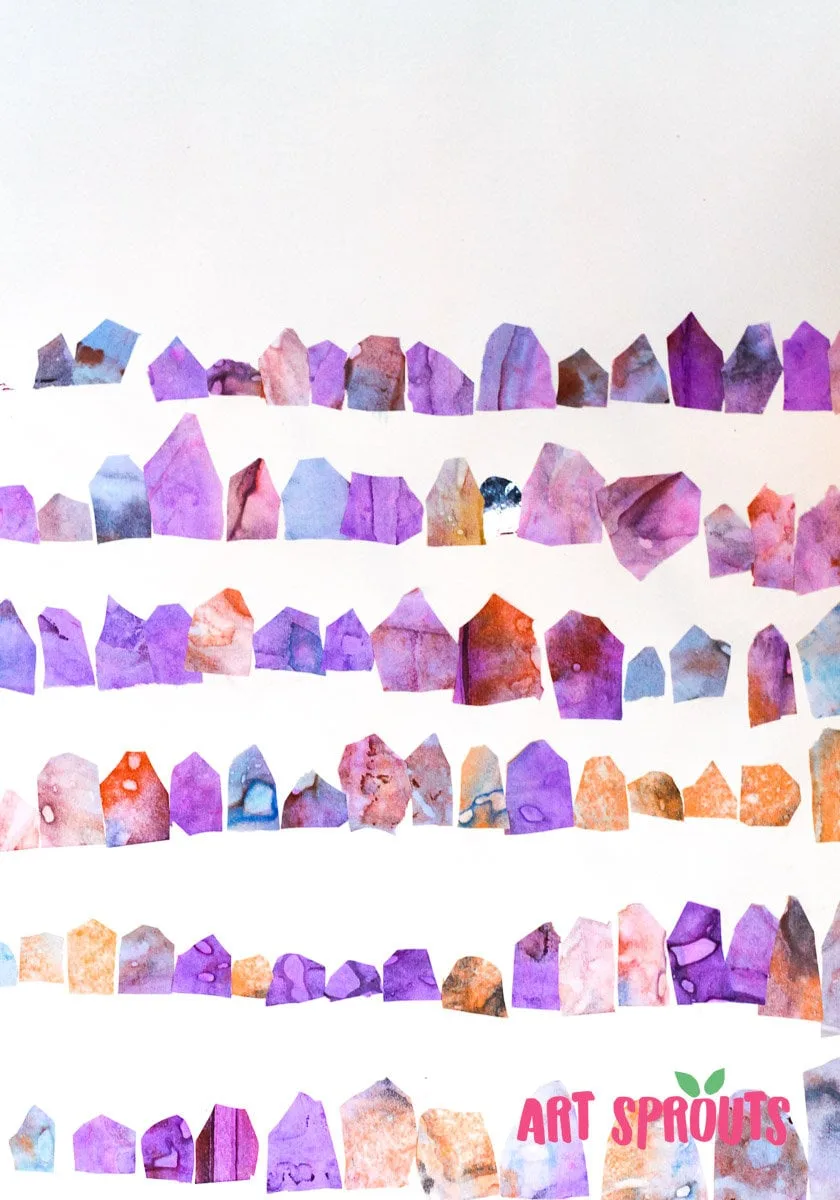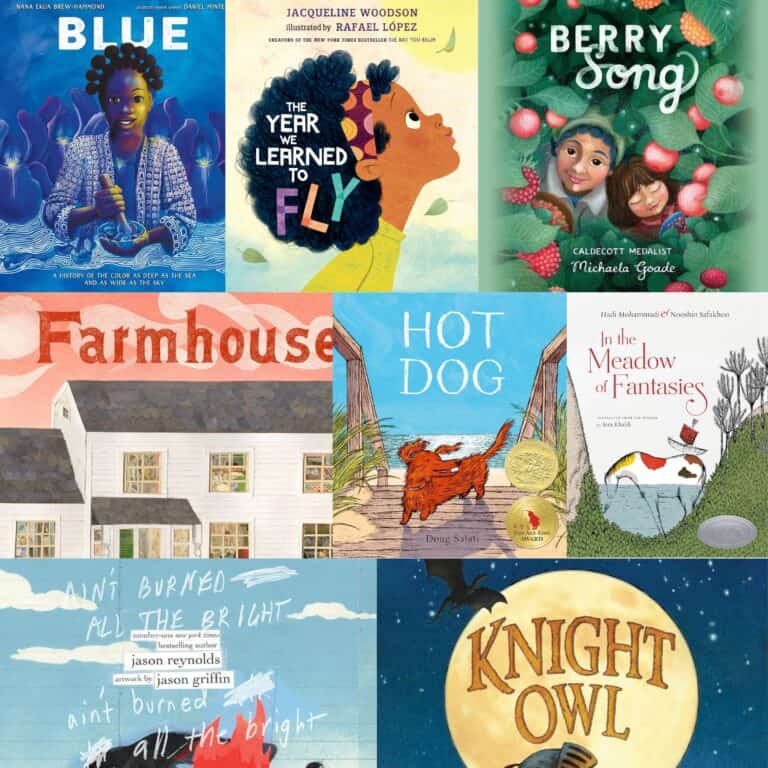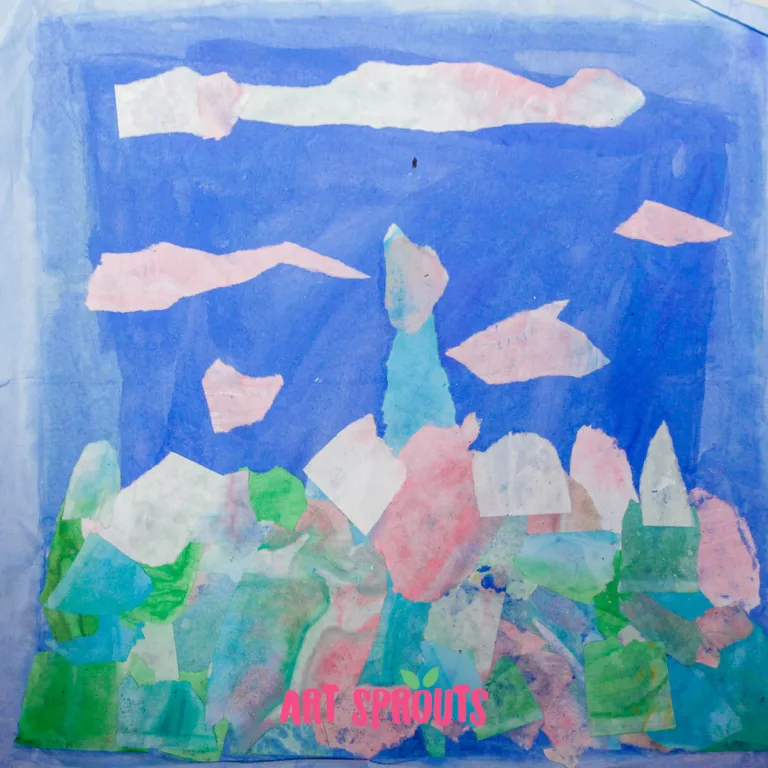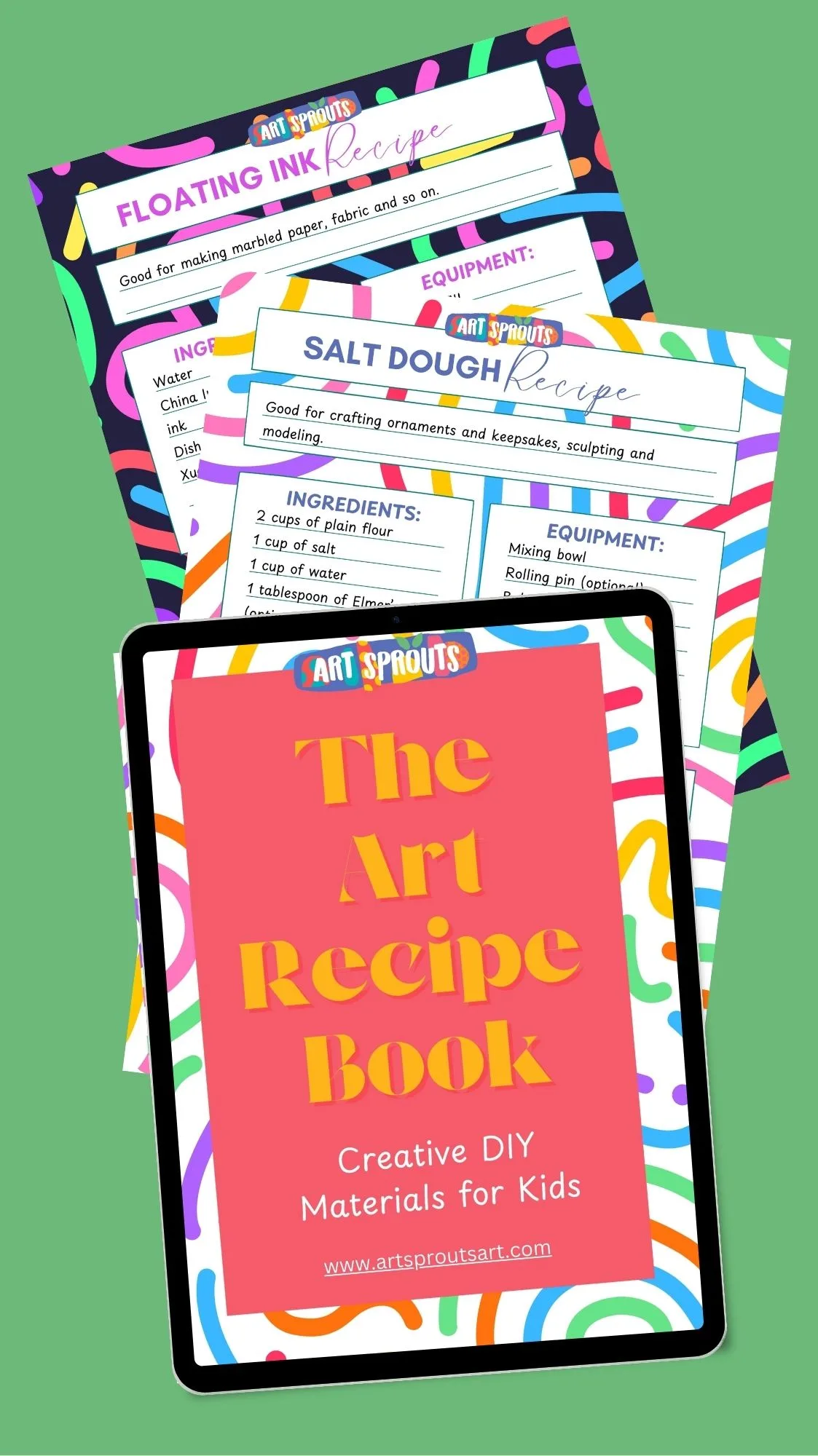Process Art and Inquiry: Embracing Mistakes and Discoveries in Reggio Studios
Process art is a profound approach that shifts the focus from the end product to the creative journey itself. Rooted in Reggio Emilia’s child-centered philosophy, it invites children to experiment, make mistakes, and find joy in the unexpected results. In today’s world of art education, process art emphasizes creativity, risk-taking, and critical thinking—all essential skills for young learners.
The Essence of Process Art in Reggio Studios
In Reggio-inspired studios, creativity flourishes because the focus is on process over product. Children are not given pre-determined templates or instructions but are encouraged to explore materials and techniques at their own pace. Whether it’s painting, sculpting, or constructing, the aim is not to create a perfect final piece but to immerse in the joy of creation. As a result, children learn to value their abilities and gain confidence through experimentation.
This philosophy connects deeply with Reggio’s broader belief in inquiry-based learning, where the child leads their educational journey. When children are given the freedom to explore without fear of mistakes, they engage more fully, ask questions, and develop complex ideas.
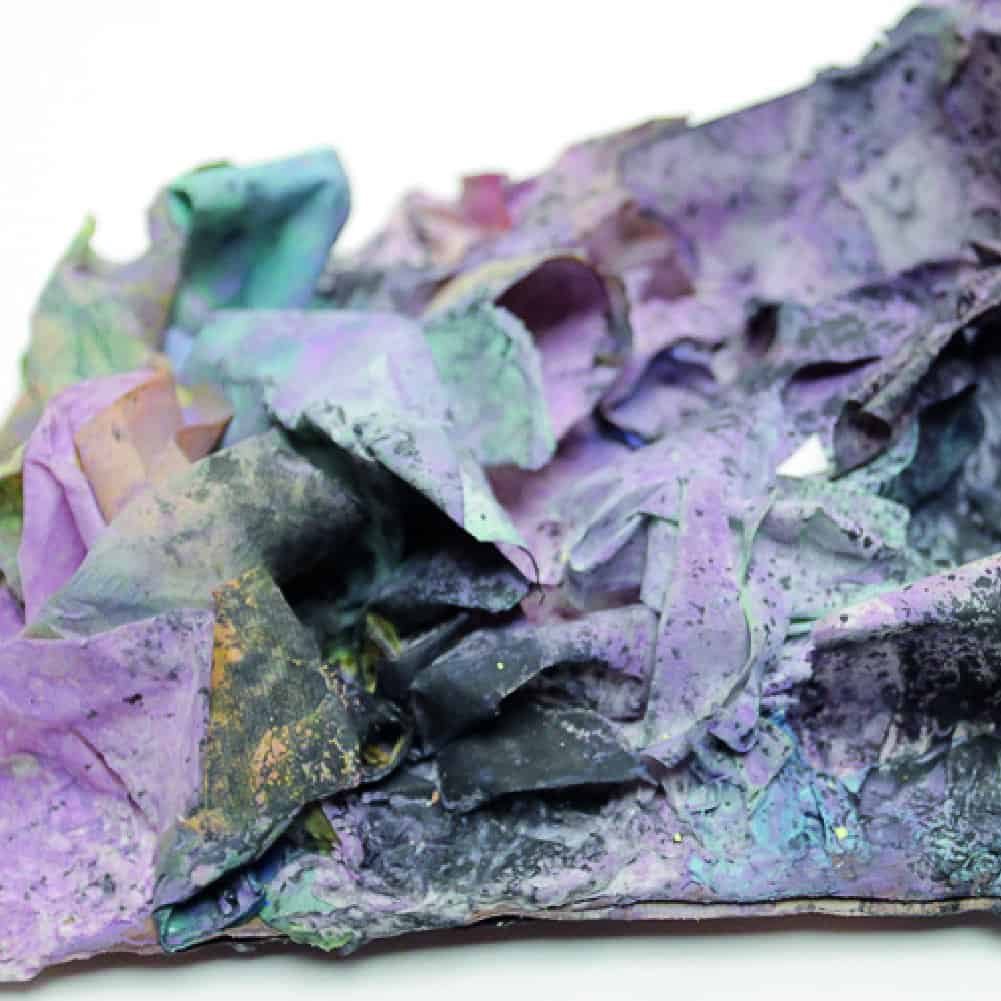
The Benefits of Letting Children Lead the Creative Process
One of the core tenets of Reggio Emilia education is the belief that children are capable and competent learners who are naturally curious about the world around them. When children are given the freedom to lead their own creative processes, they develop a deeper sense of ownership over their learning. In traditional art education, the focus often lieson the final product—a finished painting, sculpture, or drawing that adheres to specific standards of beauty or technique. However, process art encourages children to explore materials, techniques, and ideas without the pressure of creating something “perfect.”
When children are in charge of their own creative process, they:
- Develop critical thinking skills: They learn to make decisions about what materials to use, how to approach a project, and how to solve problems as they arise.
- Gain confidence in their abilities: By taking risks and experimenting with new ideas, children build confidence in their creative capabilities.
- Experience a deeper sense of ownership: When children direct their own creative work, they feel a greater sense of pride and accomplishment, regardless of the outcome.
- Explore materials in an open-ended way: Without a prescribed result, children are free to manipulate materials to discover new uses and forms.
Example of Child-Led Process Art Activity:
- Involuntary Sculpture: Tactile Art Exploration
- Squish it, smash it, soak it! Paper pulp sculpting with kids
- Frottage Abstract Art: out of the box Kandinsky art project
- Play Like a Surrealist: 13 Surrealist Games and Techniques to Unleash Kids Creativity
Why Embrace Mistakes?
One of the core ideas of process art is that mistakes are valuable learning tools. Traditional educational models often prioritize success and correctness, but Reggio Emilia teaches us that there is tremendous value in embracing failure as part of the creative process. As children make mistakes, they are naturally prompted to problem-solve, rethink strategies, and adapt. This not only builds resilience but also encourages risk-taking, which is vital for true creativity.
In her book Visible Learners, educators Carla Rinaldi and Amelia Gambetti reflect on this notion by describing how children in Reggio schools view failures as “steps toward understanding” rather than roadblocks. This is a critical mindset to nurture early on, as it lays the foundation for lifelong learning.
Save for Later:
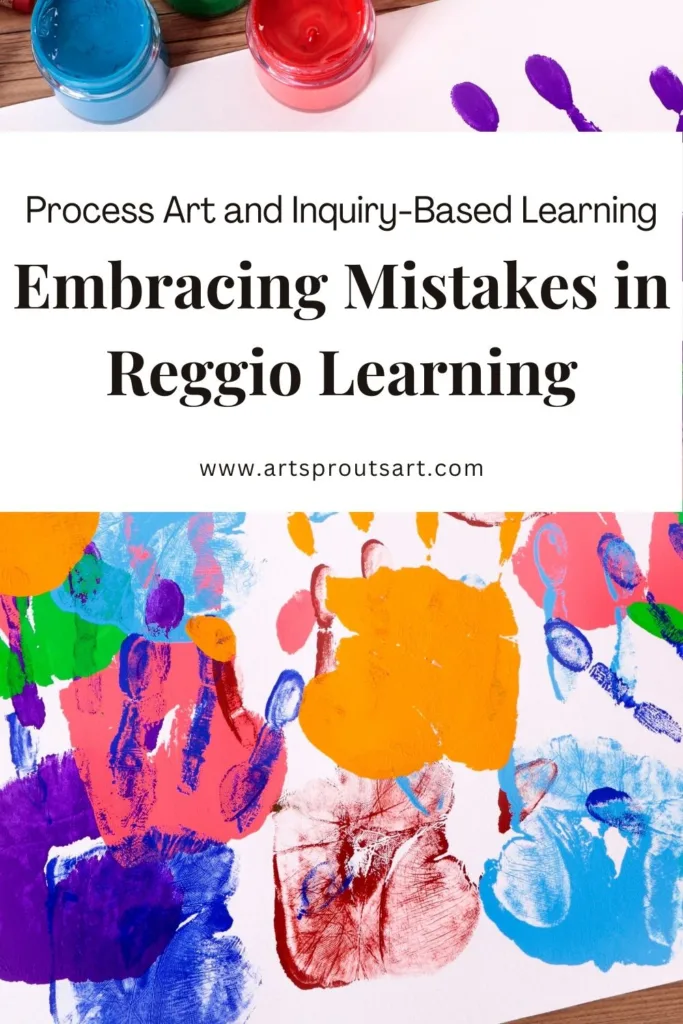

Facilitating a Learning Environment that Celebrates Mistakes
Creating a supportive environment where mistakes are celebrated starts with the teacher’s role. In a Reggio-inspired classroom, the teacher is not the director but the co-learner. Their role is to provide an open-ended framework that encourages exploration without a rigid outcome. In this way, the classroom becomes a studio where discovery and inquiry are prioritized.
The setup is also crucial: having open-ended materials, such as loose parts, natural objects, and art supplies that offer multiple possibilities for interaction allows children to follow their instincts. Providing an array of mediums—clay, paint, fabric, and even recycled objects—lets them test their ideas. There’s no “right” way to engage with these materials, only endless opportunities to create, deconstruct, and recreate.
One activity could be to give students several abstract tools (sponges, string, wood pieces) to paint with instead of brushes. The unexpected results lead to exciting discoveries and provide an excellent discussion point for how unconventional methods can produce beautiful work.
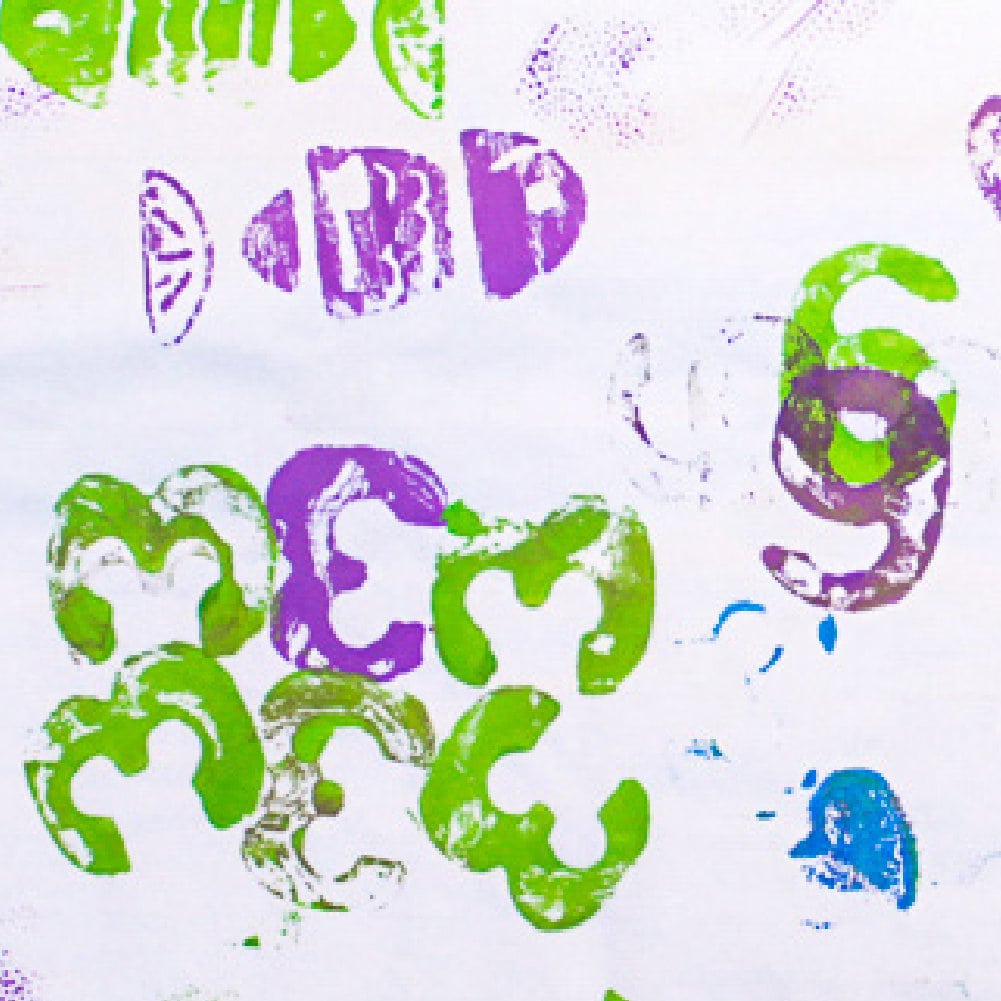
Understanding Art as a Journey Rather than a Destination
Incorporating process art means shifting the focus from product to process. Unlike traditional art education that often ends with a polished piece, process art in the Reggio Emilia approach emphasizes the journey of exploration. The goal is for children to ask questions like: “What happens when I mix these colors?” or “How can I change this structure to make it stronger?“
This art-as-exploration approach allows children to gain a deeper understanding through repetition and reflection. For example, a child might work with clay over several weeks, discovering how it changes in texture or flexibility based on temperature or moisture. Each encounter with the medium builds on their prior knowledge, turning art into a scientific inquiry.
Process-Based Art Activities for Inquiry Learning
Here are some hands-on, process-based art activities to encourage exploration and inquiry:
- Squish it, smash it, soak it! Paper pulp sculpting with kids
- Paper sculpture: Engaging Process art for Toddlers and Kids
- Involuntary Sculpture: Tactile Art Exploration
- The Best Loose Parts Play Ideas for Toddlers
- Printmaking with Found Objects: Exploring Shapes & Textures with Kids
These activities open doors for endless discussions on inquiry, experimentation, and failure, allowing students to articulate their process.

Embracing a Child-Led Creative Process
One of the most transformative aspects of process art is that it places children in control of their learning. Instead of following a step-by-step guide, children are asked to guide their own exploration. This not only builds autonomy but also develops a deep sense of pride and ownership over their work.
As Julianne Wurm emphasizes in More Working in the Reggio Way, when children are trusted to take the lead, they are able to develop agency. This agency, combined with artistic exploration, results in more meaningful and sustained learning.
Process Art in a Reggio-Inspired Classroom: Final Thoughts
Process art fosters a deep connection between the child and their creative instincts. When children are allowed to explore without judgment, they learn that art is not about perfection but about expression, experimentation, and growth.
By embracing mistakes and letting go of the need for a perfect product, we encourage children to engage more fully, take risks, and view their world with curiosity and openness. Whether you’re a teacher or a parent, providing these opportunities allows children to thrive not just as artists but as learners and thinkers.
External Resources for Further Learning:
The Museum Educator’s Manual – Techniques from experienced museum educators
The Hundred Languages of Children – C. Edwards, L. Gandini, G. Forman
Visible Learners: Promoting Reggio-Inspired Approaches in All Schools – C. Rinaldi, A. Gambetti
More Working in the Reggio Way – Julianne Wurm

